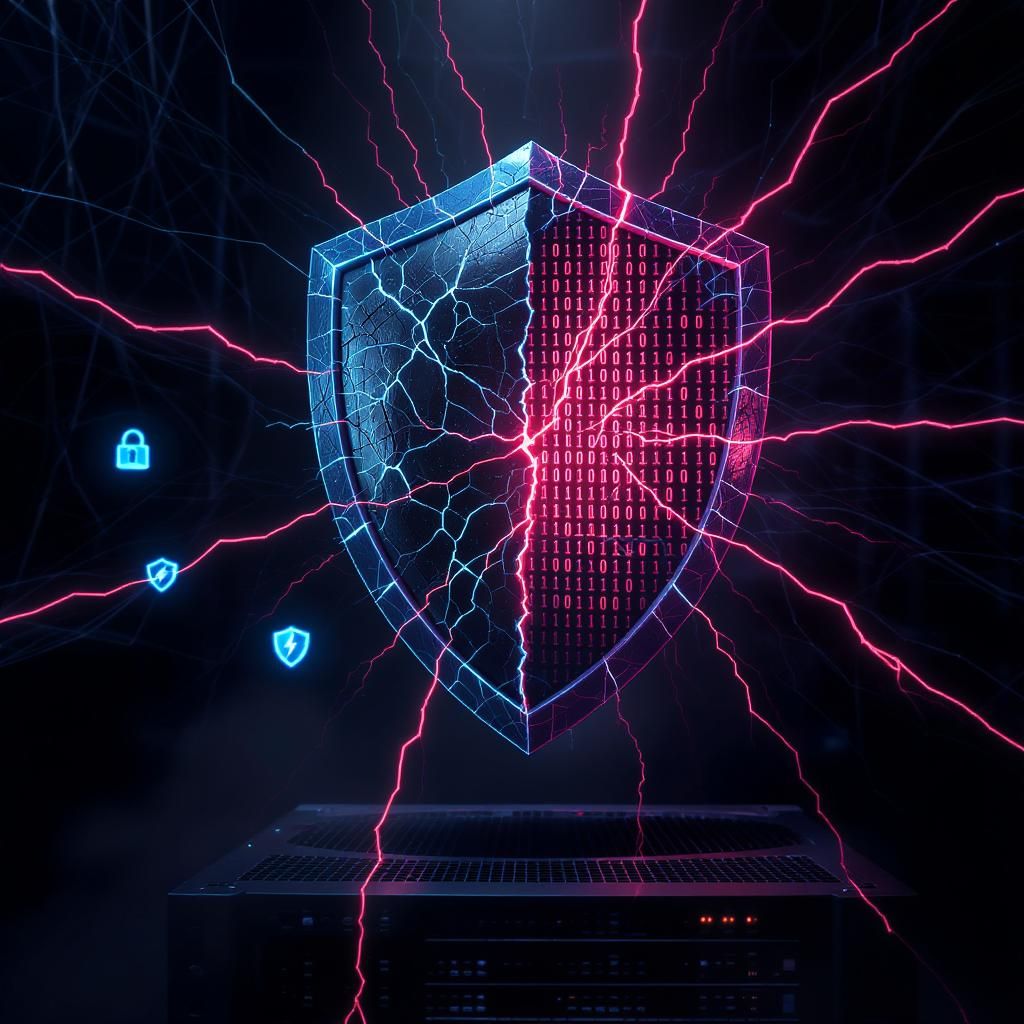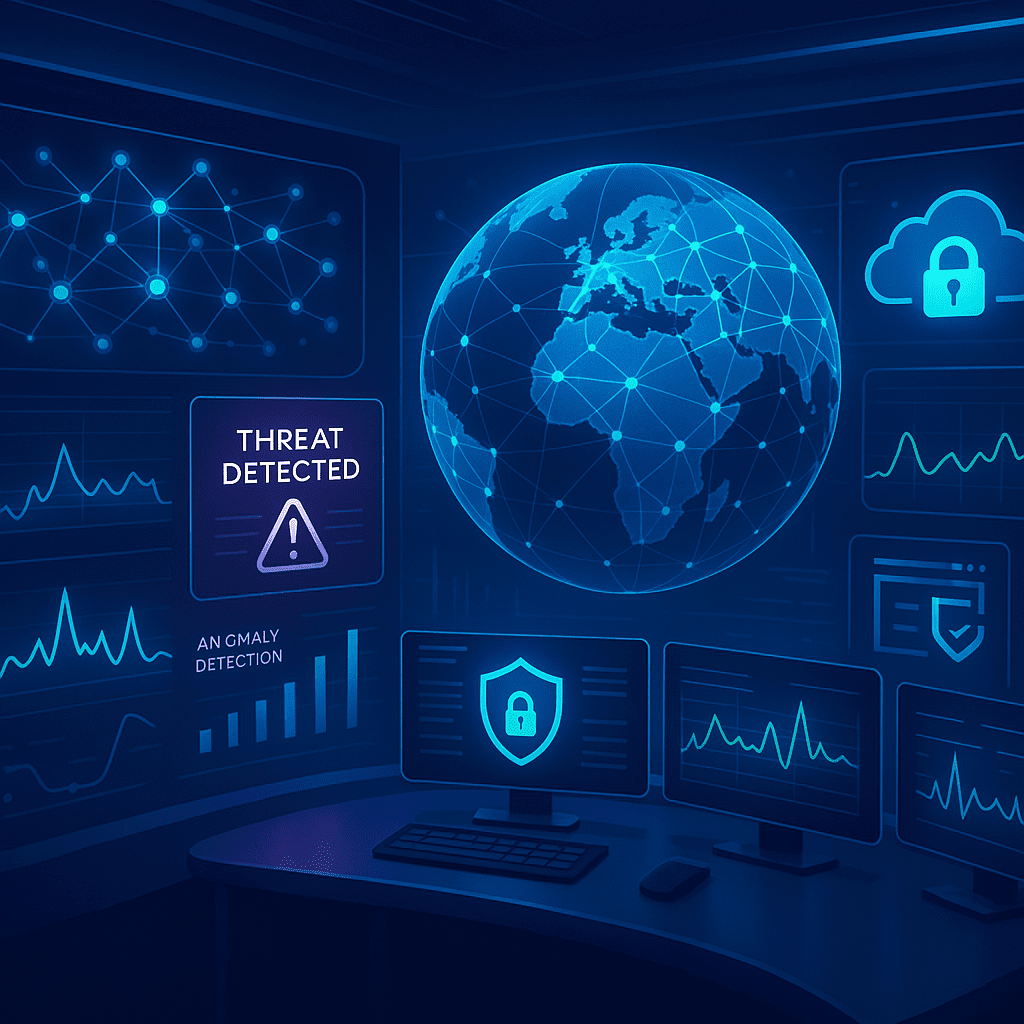Introduction
As cybersecurity threats continue to evolve, businesses must stay ahead by leveraging advanced technologies. Cloud-based endpoint security solutions offer a robust defense against a variety of threats. This blog post will explore the top threats mitigated by cloud-based endpoint security solutions, providing a detailed and technical guide to understanding how these solutions protect organizations from modern cyber threats.
1. Malware and Ransomware
Understanding Malware and Ransomware
Malware, short for malicious software, includes viruses, worms, trojans, and spyware that infiltrate systems to steal data, disrupt operations, or cause damage. Ransomware is a type of malware that encrypts a victim’s data and demands payment for the decryption key.
Mitigation Techniques
Behavioral Analysis: Cloud-based endpoint security solutions use machine learning to analyze the behavior of files and processes. By identifying unusual activities, these solutions can detect and block malware and ransomware before they cause harm.
Real-Time Threat Intelligence: Leveraging global threat intelligence, cloud-based solutions provide real-time updates on emerging threats, ensuring that endpoints are protected against the latest malware variants.
Automated Response: When a threat is detected, cloud-based security solutions can automatically isolate the infected endpoint, preventing the spread of malware and minimizing damage.
2. Phishing Attacks
Understanding Phishing
Phishing attacks use deceptive emails, websites, or messages to trick users into revealing sensitive information, such as login credentials or financial data. These attacks often appear legitimate, making them challenging to identify.
Mitigation Techniques
Advanced Email Filtering: Cloud-based security solutions incorporate sophisticated email filtering technologies to identify and block phishing attempts. These filters analyze email content, sender reputation, and patterns to detect malicious emails.
User Behavior Analytics: By monitoring user behavior, cloud-based solutions can identify unusual login attempts or access patterns indicative of a phishing attack. This proactive approach helps to mitigate the risk of credential theft.
Security Awareness Training: Many cloud-based solutions include integrated training modules that educate users about phishing tactics and how to recognize suspicious emails. Regular training reduces the likelihood of successful phishing attacks.
3. Zero-Day Exploits
Understanding Zero-Day Exploits
Zero-day exploits target vulnerabilities in software or hardware that are unknown to the vendor and have no patch available. These exploits are particularly dangerous because they can bypass traditional security measures.
Mitigation Techniques
Behavioral Detection: Cloud-based endpoint security solutions use machine learning to identify anomalies and suspicious behavior that may indicate a zero-day exploit. This approach does not rely on known signatures, making it effective against previously unknown threats.
Threat Intelligence Integration: By integrating threat intelligence feeds, cloud-based solutions can quickly recognize indicators of compromise (IOCs) associated with zero-day exploits and take appropriate action to mitigate the threat.
Virtual Patching: Cloud-based solutions can deploy virtual patches to protect vulnerable systems until an official patch is released by the vendor. This temporary measure reduces the risk of exploitation.
4. Insider Threats
Understanding Insider Threats
Insider threats involve malicious or negligent actions by employees, contractors, or other trusted individuals within an organization. These threats can be difficult to detect because they originate from within the security perimeter.
Mitigation Techniques
User and Entity Behavior Analytics (UEBA): Cloud-based security solutions utilize UEBA to monitor and analyze user activities. By establishing a baseline of normal behavior, these solutions can detect deviations that may indicate insider threats.
Access Controls: Implementing strict access controls and role-based permissions helps minimize the risk of insider threats. Cloud-based solutions can dynamically adjust access levels based on user behavior and context.
Data Loss Prevention (DLP): Cloud-based solutions often include DLP capabilities to monitor and control data transfer. This prevents sensitive information from being exfiltrated by insiders.
5. Advanced Persistent Threats (APTs)
Understanding APTs
Advanced Persistent Threats (APTs) are sophisticated, targeted attacks carried out by well-funded adversaries. APTs aim to gain long-term access to a network to steal sensitive information or disrupt operations.
Mitigation Techniques
Network Segmentation: Cloud-based security solutions facilitate network segmentation, limiting the movement of attackers within the network. This containment strategy reduces the impact of an APT.
Continuous Monitoring: Continuous monitoring and logging of network activities help detect and respond to APTs. Cloud-based solutions provide real-time visibility and alerting to identify suspicious activities indicative of an APT.
Incident Response Automation: Cloud-based solutions can automate incident response processes, ensuring a swift reaction to APT indicators. This includes isolating affected systems, initiating forensic analysis, and remediating the threat.
6. Distributed Denial of Service (DDoS) Attacks
Understanding DDoS Attacks
DDoS attacks overwhelm a network, server, or application with a flood of traffic, causing it to become slow or unavailable. These attacks can disrupt business operations and cause significant financial losses.
Mitigation Techniques
Traffic Analysis and Filtering: Cloud-based solutions analyze incoming traffic patterns to detect and filter out malicious traffic associated with DDoS attacks. This ensures that legitimate traffic can still reach the targeted resource.
Scalability and Redundancy: Leveraging the scalability of the cloud, these solutions can absorb and mitigate large-scale DDoS attacks. Redundant systems ensure continuous availability even during an attack.
Rate Limiting and Load Balancing: Implementing rate limiting and load balancing helps distribute traffic evenly across resources, preventing any single system from becoming overwhelmed by a DDoS attack.
Conclusion
Cloud-based endpoint security solutions offer comprehensive protection against a wide range of cyber threats. By leveraging advanced technologies such as machine learning, behavioral analysis, and real-time threat intelligence, these solutions can effectively mitigate threats such as malware, phishing, zero-day exploits, insider threats, APTs, and DDoS attacks. Understanding the capabilities and benefits of cloud-based endpoint security is essential for organizations aiming to enhance their cybersecurity posture.


